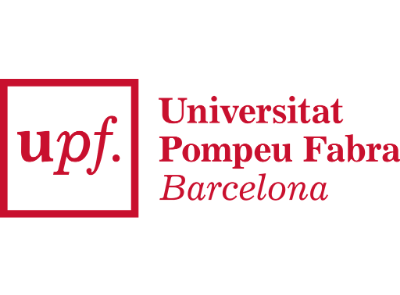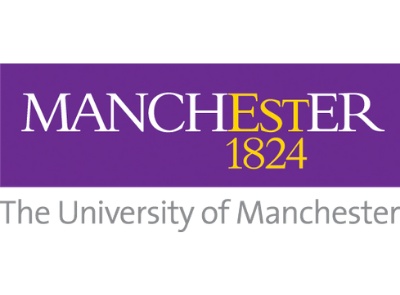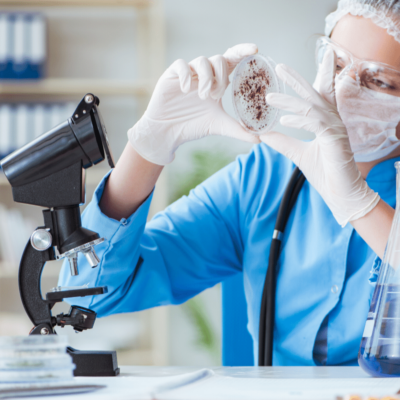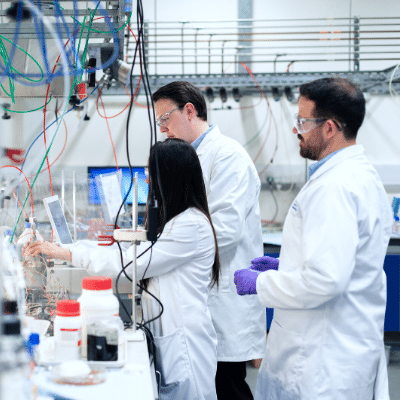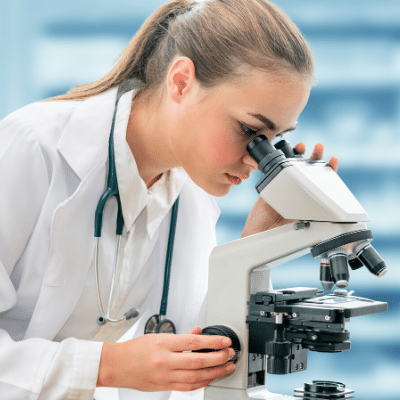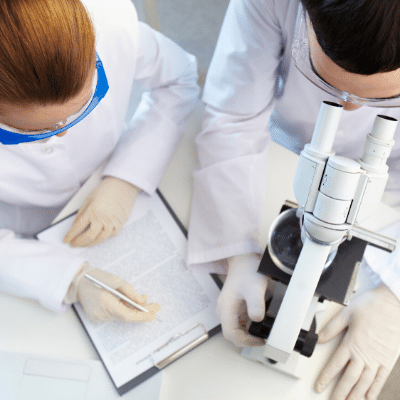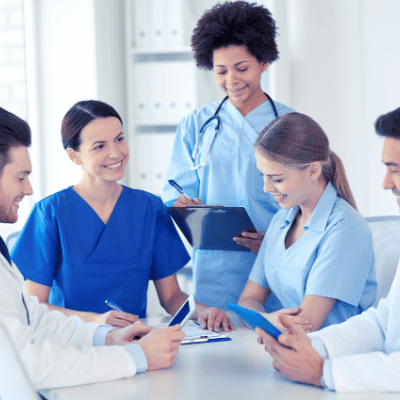ESR12
Use of a non-oxidizable form of HMGB1 for muscle repair therapies.

I am a PhD student on the RENOIR programme at HMGBiotech, under the supervision of Professor Marco Bianchi and also enrolled on the Translational and Molecular Medicine programme at the University Milano-Bicocca (DIMET).
After completing my BSc and a research assistant placement at the University of Portsmouth, UK, I completed my MSc in Human and Applied Physiology at King’s college London. For my Master’s degree thesis I completed a research project determining the reparative role of PW1+/Pax7- interstitial progenitor cells in the mdx mouse.
My PhD research project will focus on the crosstalk between regenerating tissue, specifically regenerating skeletal muscle, and the immune system and how the use of a non-oxidisable form of the nuclear protein HMGB1, modulates this process.
HMGBiotech S.r.l.
Italy
Partner Profile
 HMGBiotech S.r.l. (HMGB)
HMGBiotech S.r.l. (HMGB)
HMGBiotech is a biotech company founded in 2005 by Pr. Bianchi, a leading scientist in HMGB field.
HMGBiotech provides reagents, services and ideas to other researchers and companies active in this promising field. HMGBiotech is participating in different research programs, such as Counterstroke project supported by the 7th framework program.
HMGBiotech has one site for offices (piazzale Gorini 8, 20133 Milano, Italy) and one for labs (within San Raffaele Science Park, via Olgettina 58, 20132 Milano, Italy). The labs are physically within one of the leading biomedical research institutes in Italy, San Raffaele, and HMGBiotech personnel has unrestricted access to facilities and services (including seminars, library and computer network). HMGBiotech sells materials and services for research, and has internal research and development programs.
HMGBiotech holds key patents and patent applications on the use of HMGB1 and/or fragments in muscle regeneration, immunity and autoimmunity. Current expertise of HMGBiotech is in biochemistry, purification of proteins, generation of constructs for new proteins, assays for inflammation and for cell migration.
The ESR will be enrolled in the Ph.D. Programme in Translational and Molecular Medicine (DIMET), University of Milano Bicocca (www.dimet.org).
Website
Topic
Several studies support the emerging concept that inflammation controls stem cell fate/behaviour coordinating tissue repair and this balance is probably skewed in patients with late phases of chronic diseases, like muscle dystrophies and in aging.
We will focus on how the inflammatory, myogenic and vascular components integrate to coordinate muscle regeneration and how fibrosis develops in pathological conditions. We will investigate the role of HMGB1, a nuclear redox-sensitive protein that acts extracellularly as an alarmin to modulate inflammation or tissue repair, depending on its redox state.
We will identify the cell types that are the source of HMGB1 during muscle regeneration, by using mice knockout for HMGB1 in muscles (Tg:Hmgb1fl/fl::MyoD-Cre), in endothelial cells (Tg:Hmgb1fl/fl::Cdh5-CreERT2) or in all cells (Tg:Hmgb1fl/fl::R26-CreERT2), to evaluate the contribution of HMGB1 derived from these specific cell types to muscle regeneration, satellite cells (SCs) activation and maintenance of the SC pool, after acute injury (by cardiotoxin injection, CTX). HMGB1 is a potent activator and chemoattractant of SCs through CXCR4 receptor. We will investigate the signaling pathways (PI3K, Akt, mTOR and MAPK) downstream of CXCR4 mediating HMGB1 activities in SCs. We will also contribute to evaluate the potential therapeutic effect of HMGB1 in mouse model of muscle pathologies.
Objectives
To Identify the cell types that are the source of HMGB1 during muscle regeneration and the signaling pathways mediating HMGB1 activities in SCs
To study if HMGB1 can be used to optimize the ex-vivo expansion and the engraftment of stem cells in muscle
To assess the therapeutic effect of HMGB1
PHD Program
Ph.D. Programme in Translational and Molecular Medicine (DIMET),
University of Milano Bicocca
RENOIR
ESR
COUNTRIES
YEARS
MEMBERS


